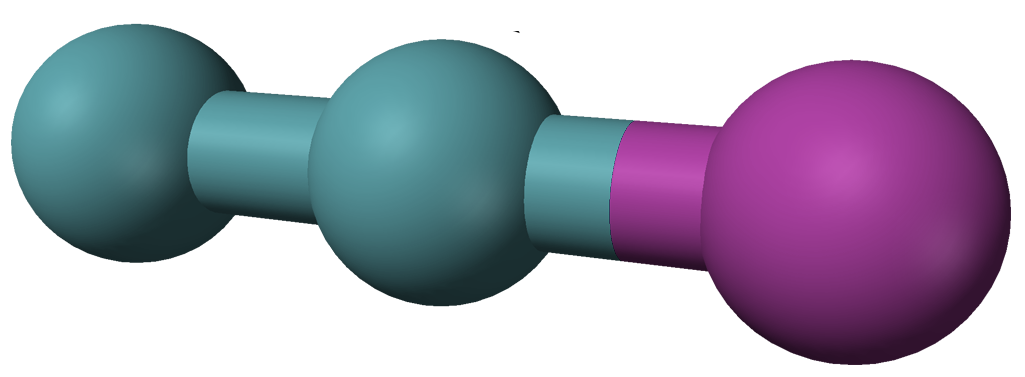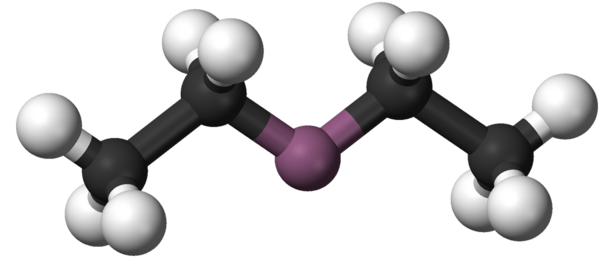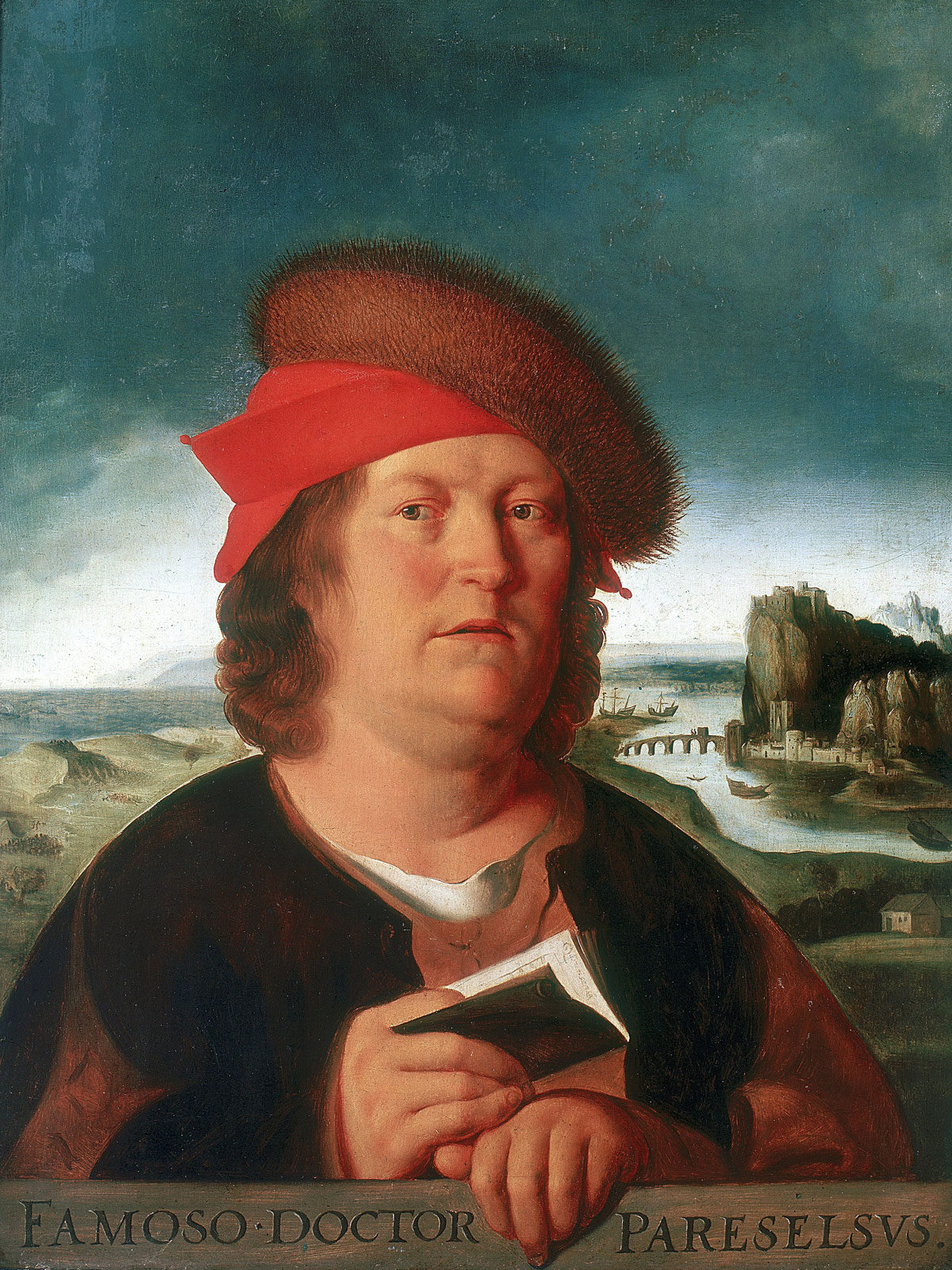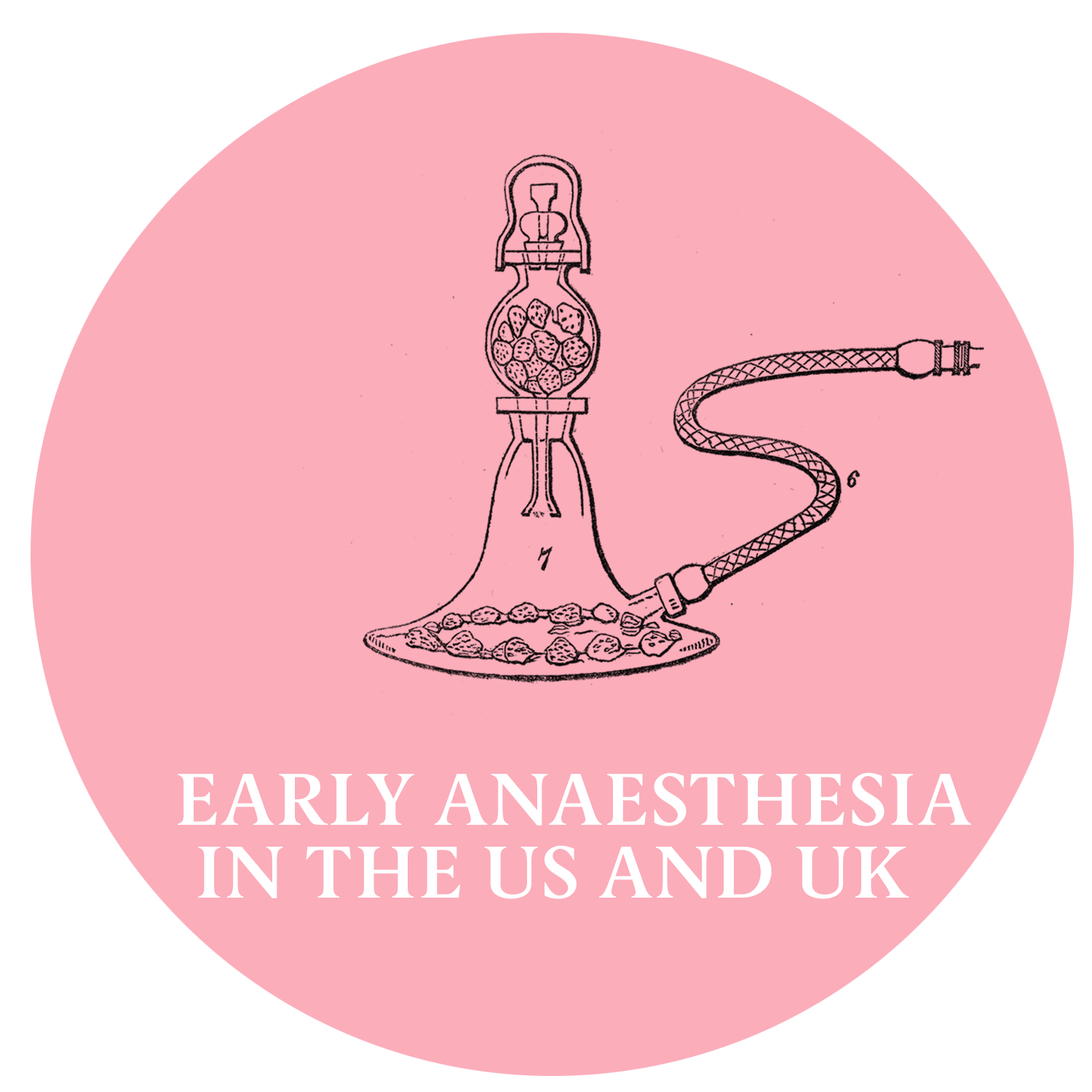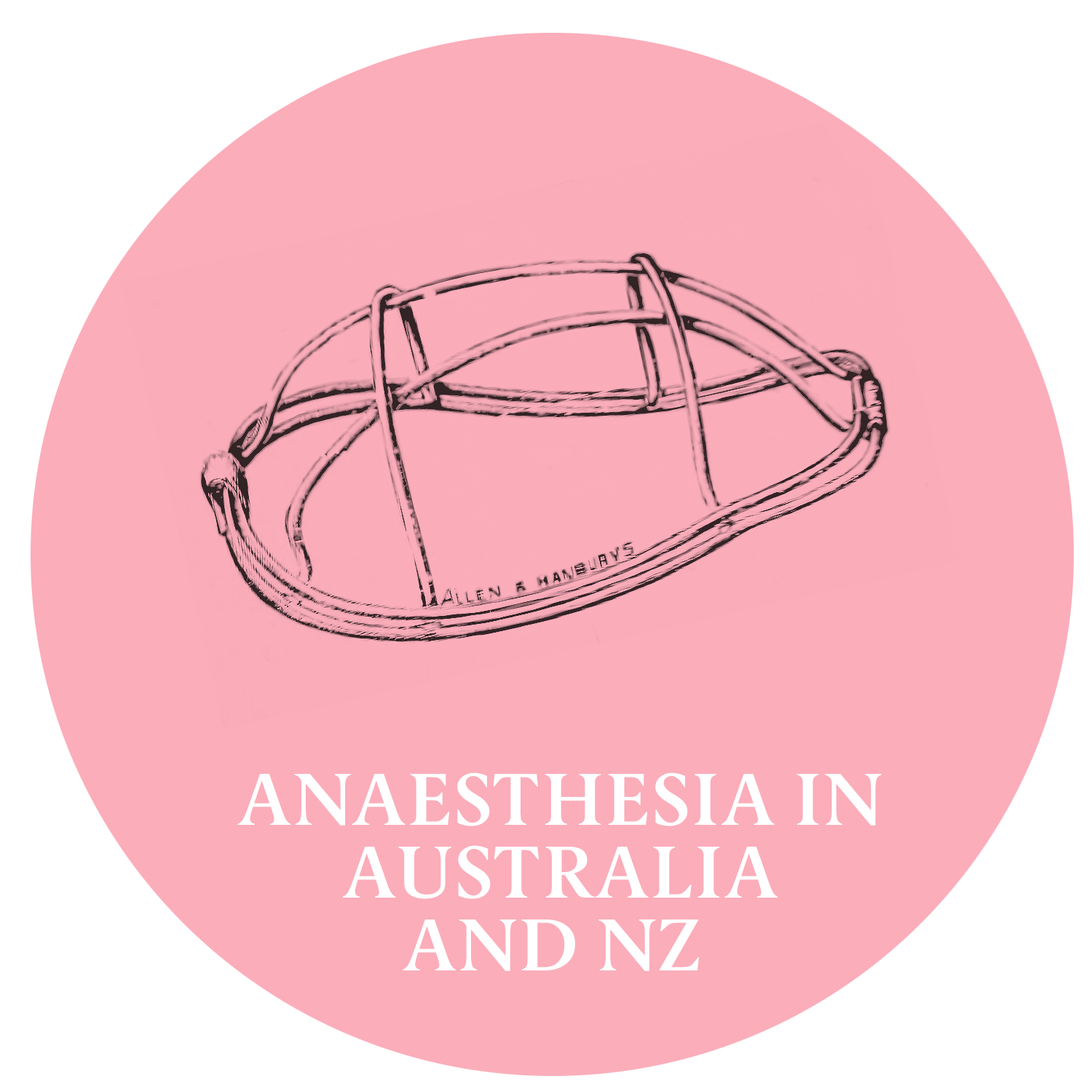Anaesthesia – a word quite a few of us struggle to pronounce. With this complex pronunciation comes a rich history.
There is a very high chance that you have had an anaesthetic in your life or know someone who has. We are lucky that anaesthesia in the 21st century is a relatively safe procedure. But how did anaesthesia originate and what did it entail in the days before such innovations as antibiotics were invented?
The development and discovery of anaesthesia is the story of human striving to find solutions for painful surgery. It is a story of medical bravery and determination as well as patients’ courage and trust.
At times, ingenuity and experimentation take the lead while the distinction becomes obscured between the roles of medical practitioner and patient. At times, a doctor may act as a patient in undergoing treatment or self-experimentation.
This online exhibition provides insight into anaesthesia’s early days. It explores the period from anaesthesia’s discovery to before the trenches of World War I.
It draws examples from within and outside of the Geoffrey Kaye Museum’s Collections and celebrates the trailblazers of anaesthesia without whom we would not be where we are today.

Etymology –
The Meaning of the Word
The word “anaesthesia” derives from Ancient Greece and is a compounding of two Greek words. “An” – ἀν -meaning “without” and “aesthesis” – αἴσθησις – meaning “sensation”. The Greek physician and philosopher Hippocrates mentions this word to describe loss of sensation by a disease process. This makes his writings the first to use the word in a medical setting.

Jumping to the Renaissance
The Renaissance period is known for its holistic approach to scientific disciplines and its appreciation of discovery and innovation.
Paracelsus, a Swiss physician, and Valerius Cordus, a German physician, worked in this era and each discovered ether in isolation. Valerius is known to have synthesised ether and Paracelsus to have administered it for the very first time to chickens in 1525.
Their experiments with this chemical compound did not advance ether’s widespread use. Ether waited approximately 300 years to experience a resurgence.
Image: Paracelsus, The Louvre Copy of the Lost Portrait by Quentin Massys, 1465 –1530 (supra)

Chemical Structures
and Properties
Ether
Diethyl ether, or simply ‘ether’
(CH3CH2)2O (sometimes abbreviated as Et2O)
Ether is a colourless, sweet-smelling extremely flammable liquid at room temperature. It is volatile; it will become a gas when exposed to the air.
Chloroform
CHCl3
Chloroform is a clear, colourless, non-flammable liquid at room temperature. It is also volatile and therefore becomes a gas when exposed to the air. It has a sweet, pleasant odour.
Nitrous Oxide
N2O
Nitrous Oxide is a transparent, colourless gas at room temperature with a sweetish taste and pleasant and faint odour.

